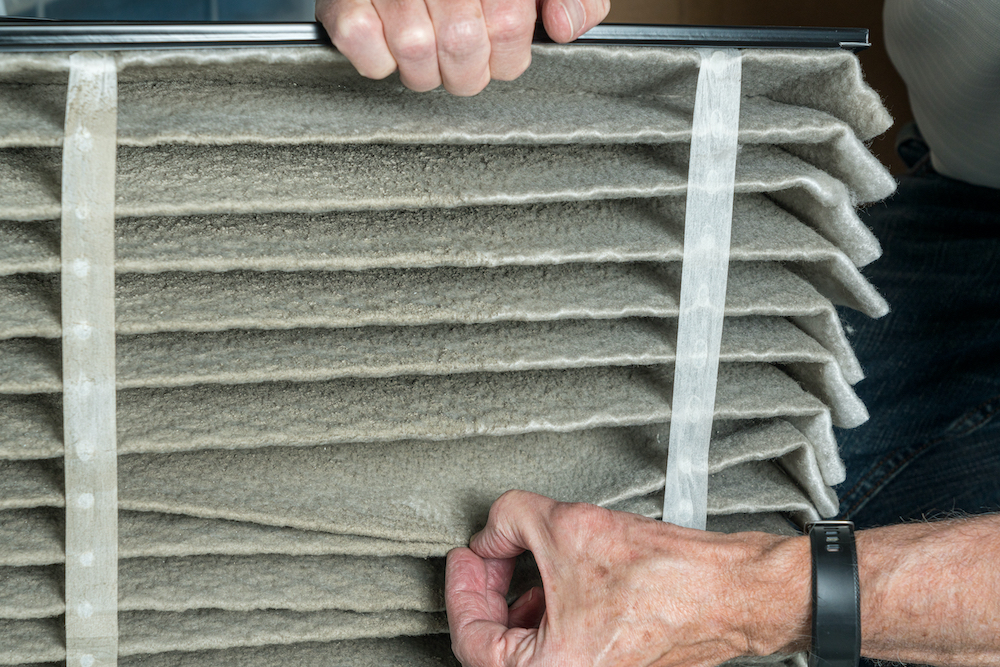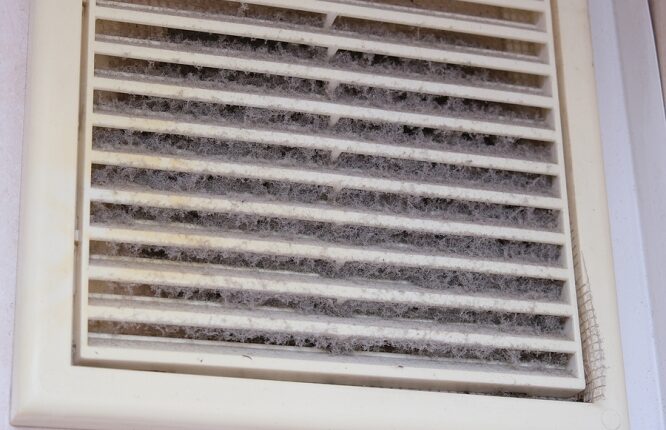There is always some mold around. Molds have been on the Earth for millions of years. Mold can get in your air vents and home through open doors, windows, vents, and heating and air conditioning systems. Mold in the air outside can be brought indoors on clothing, shoes, bags, and even pets.

Why Does Mold Grow in Air Vents?
Air vents are an ideal environment for many varieties of mold. They’re dark, isolated, and have plenty of dust, which comprises organic matter for mold to metabolize. Once condensation or moisture starts to accumulate, you’ve got the perfect conditions for mold to thrive. Vents and HVAC systems are a special area of concern for homeowners when it comes to mold. Most mold problems are diagnosed visually. If you see mold growing, then you remove it. However, when it’s hidden inside a vent or ducts, you might not notice it until you or your family start experiencing symptoms.
Signs Of Mold In Your Air Vents
Illness and Allergy Symptoms
By far the most significant risk of having mold in your ducts is the health effects it can cause for your family. While breathing mold spores can cause symptoms in virtually anyone. Some people have an allergy to mold spores that makes them especially sensitive to moldy ducts. Likewise, mold can exacerbate the symptoms of anyone in your family with pre-existing respiratory problems
Signs Of Mold Around The Vents Or Home
The second sign that mold may be present in your ducts is signs of mold around the vents or around your home. If there is mold in your ducts, the air flowing through the ducts may loosen the spores and push them around your vents. If you see black, green, brown, or yellow growth, it may be mold. Furniture and cabinetry can also be affected, so if these surfaces feel damp, your HVAC system or duct work may be the culprit.
Visible Mold on Air Ducts
Since the air from your HVAC system comes in contact with your vents first before it reaches the rooms in your home, it is not uncommon to see significant mold buildup on the vents. Spores will settle on your vents and appear as small spots that are usually black, green, or white in color. Even if you don’t see mold on the outside of your vents, you should remove them occasionally and check for mold growth on the duct-facing side.
